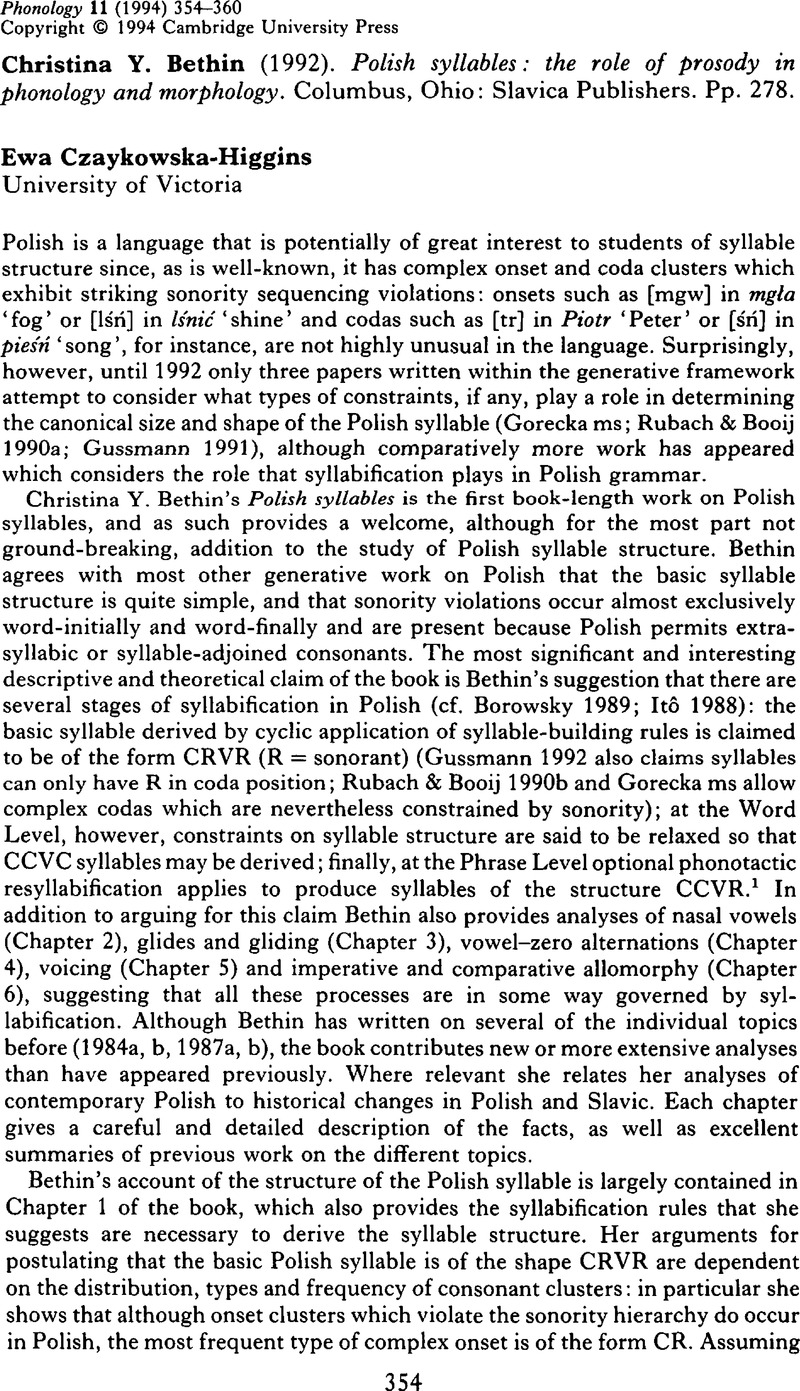Crossref Citations
This article has been cited by the following publications. This list is generated based on data provided by Crossref.
Shaik, M. Ali Basha
El-Desoky Mousa, Amr
Schluter, Ralf
and
Ney, Hermann
2011.
Using morpheme and syllable based sub-words for polish LVCSR.
p.
4680.





